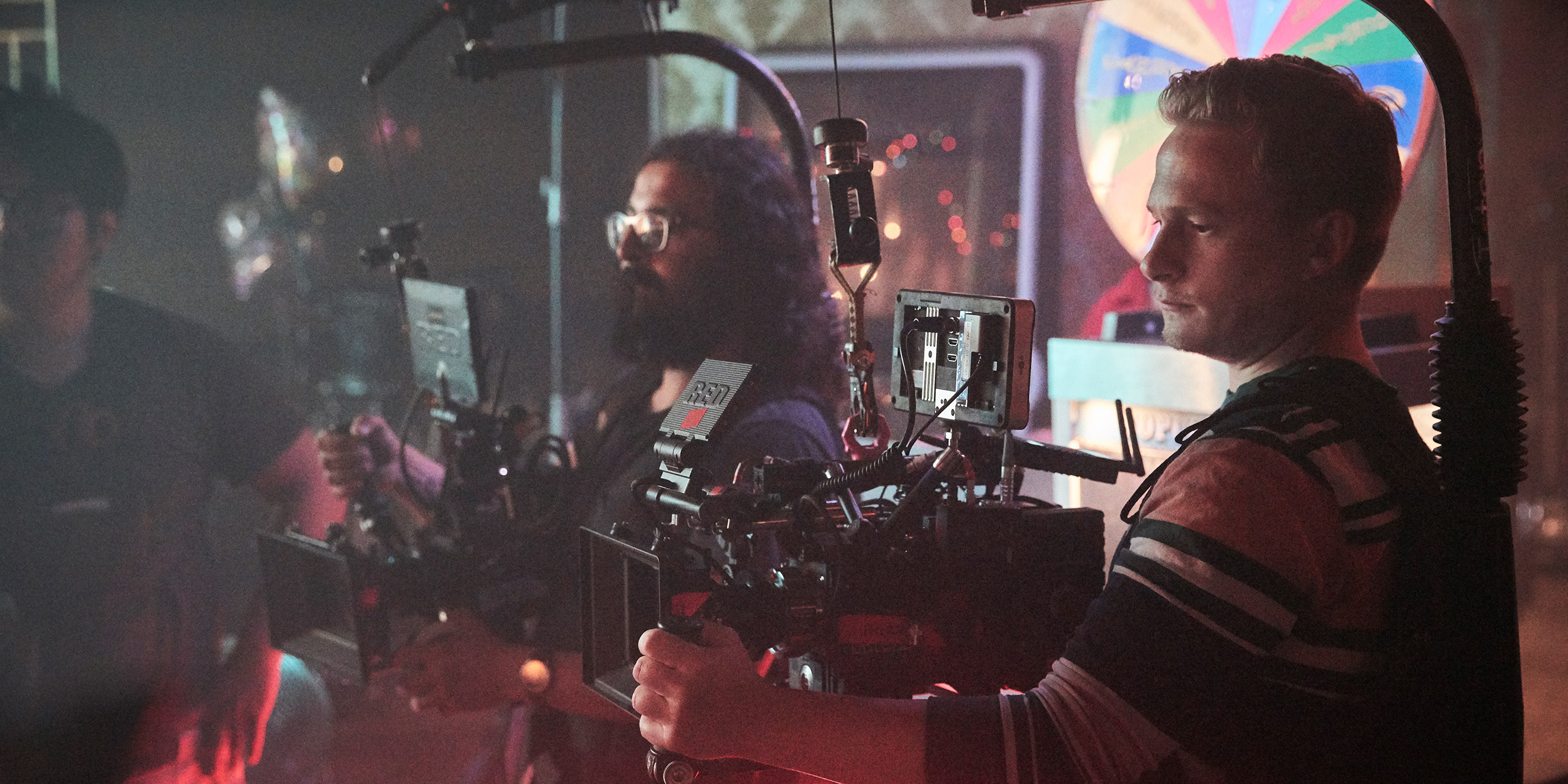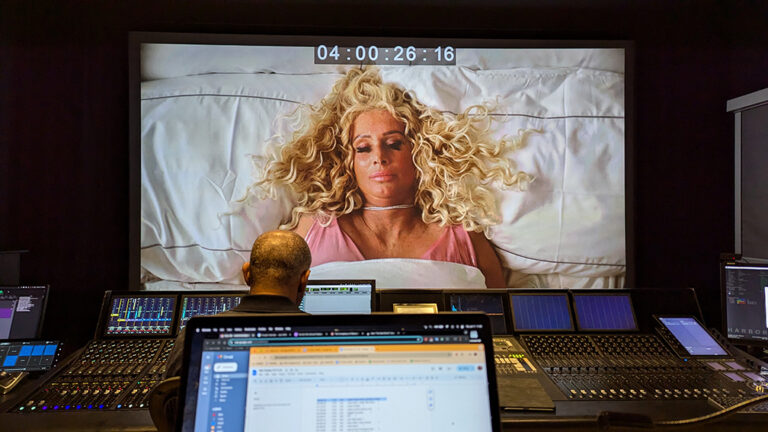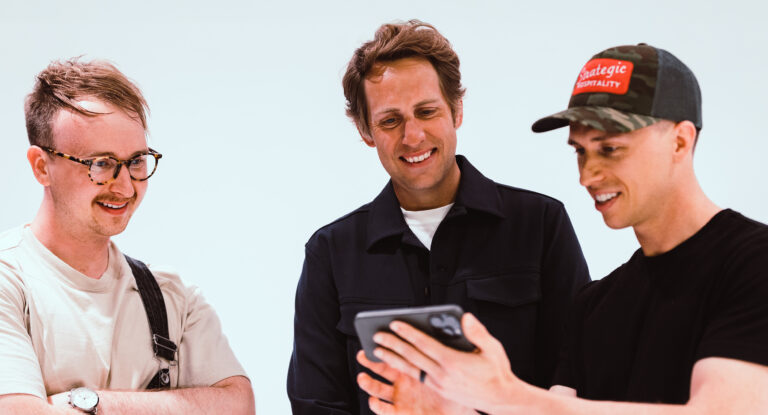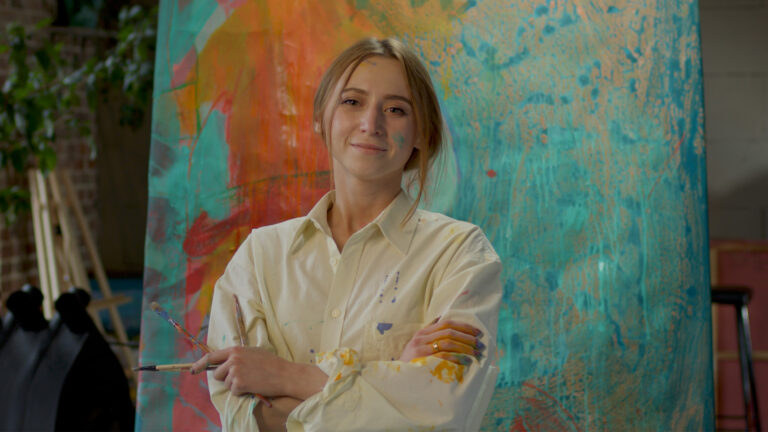A scrappy crew gets scrappier
Last summer we got a peek into the remarkable 8K dailies workflow of the indie comedy Faith Based.
This impressive workflow proved what was possible with current technology: 8K capture, with full-quality dailies, delivered within hours, to anyone’s phone, almost anywhere, on an indie budget.
But this turned out to be just the beginning for this scrappy team, and they’ve pushed their workflow even further since then.
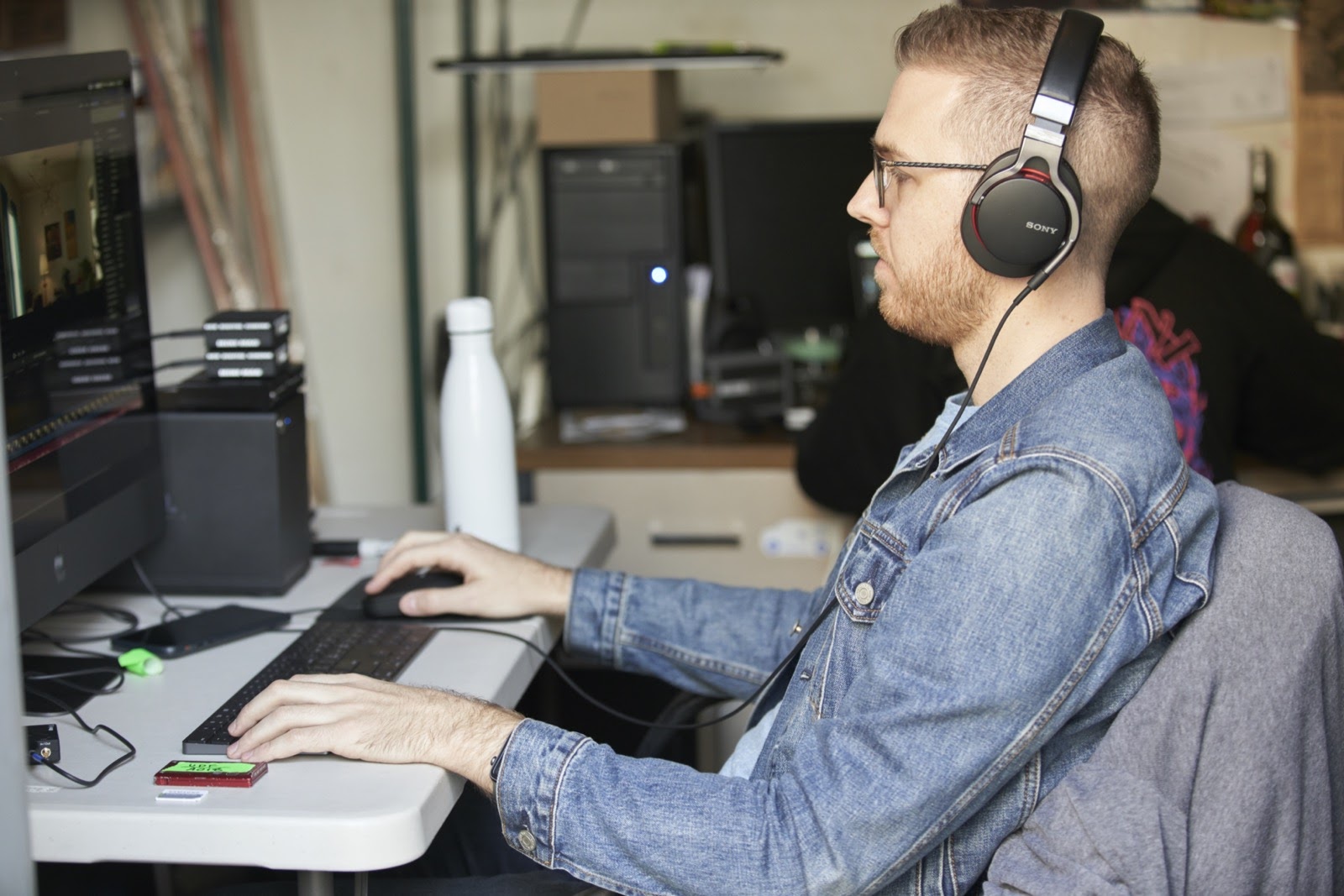
In today’s article, we’re catching up with the crew behind this film, which premiered this past weekend at the Santa Barbara International Film Festival, to see how they built a studio-quality workflow on a distinctly indie budget.
Cold reality and compromise
When it comes to video workflows, budgets inevitably determine the scope of what’s creatively possible and what technology a production can afford.
This cold reality means we won’t get everything we want in every workflow for every project (at least not as long as we’re paying for it). Compromise is just part of the creative process—the old adage “fast, cheap, good—pick two” almost always applies.
But compromise also forces the industry to keep developing better tools at lower prices.
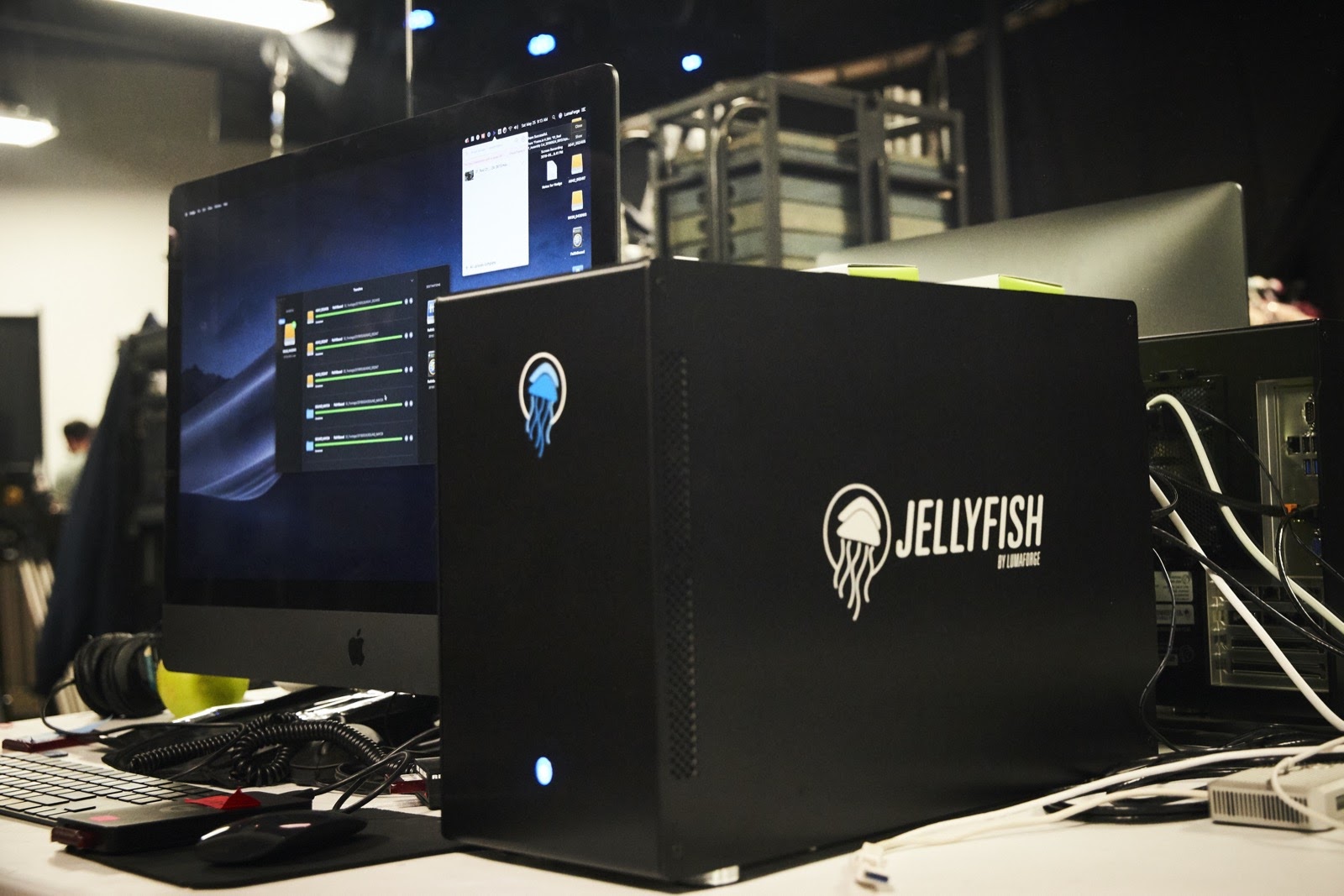
As we start a new decade and look back on the monumental advancements in video technology over the past ten years, it’s a good time to reassess the assumptions we take to work every day.
It wasn’t that long ago that the game-changing DSLR revolution tore down the barriers to capturing “cinematic” video. It was even more recently that affordable drones and stabilizers unleashed a whole new world of creative possibilities on set. And our more “seasoned” readers remember the days when those new-fangled NLEs forever changed the art and craft of editing.
Most of these tools and processes were barely imaginable 10 years ago, but now they’re so mainstream and accessible that we take for granted how incredible they are and how far we’ve come.
So, as we enter the new era of cloud-based post-production, let’s take a look at what’s already possible, and imagine what’s yet to come.
Breaking down barriers, on a budget
Patrick Southern, Frame.io’s very own Workflow Architect, was the editor on Faith Based. He told us that one of the greatest challenges (and rewards) of this project was cutting through the fog to prove what was technically possible.
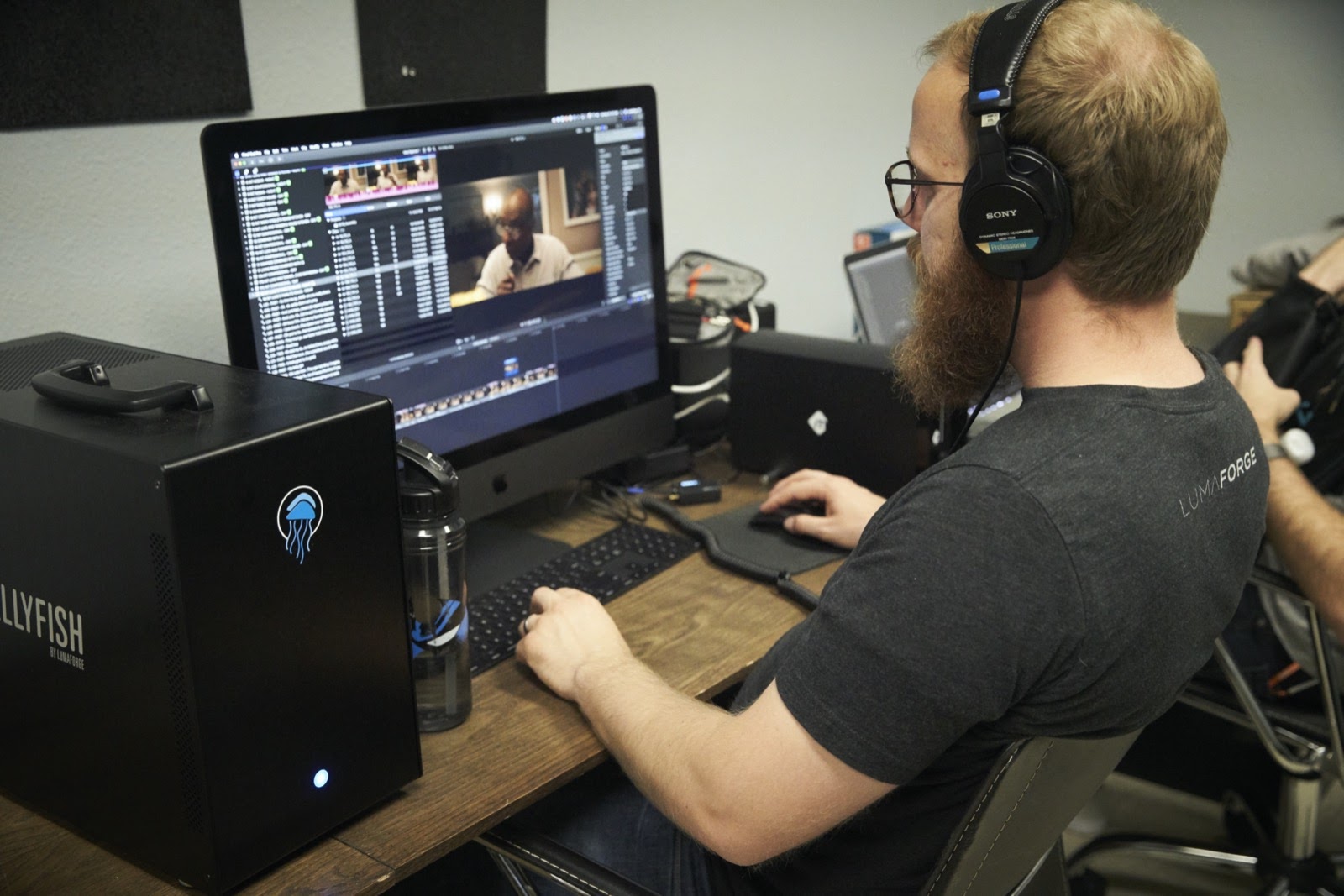
“One of the common misconceptions about low-budget projects is you can’t access all the tools and techniques that higher-budget productions get. But, given how quickly video technology is advancing, that isn’t true anymore,” Patrick says.
In Patrick’s opinion, many of the workflow tools necessary for this level of production are within the reach of most indie budgets—and lots of video teams already use them every day.
“If you’re willing to try new tools in new ways, you’ll be surprised what technical feats you can achieve on a tight budget.” And when Faith Based knew that they couldn’t afford the highest cost workflow, they built one that was efficient, fast, and flexible.
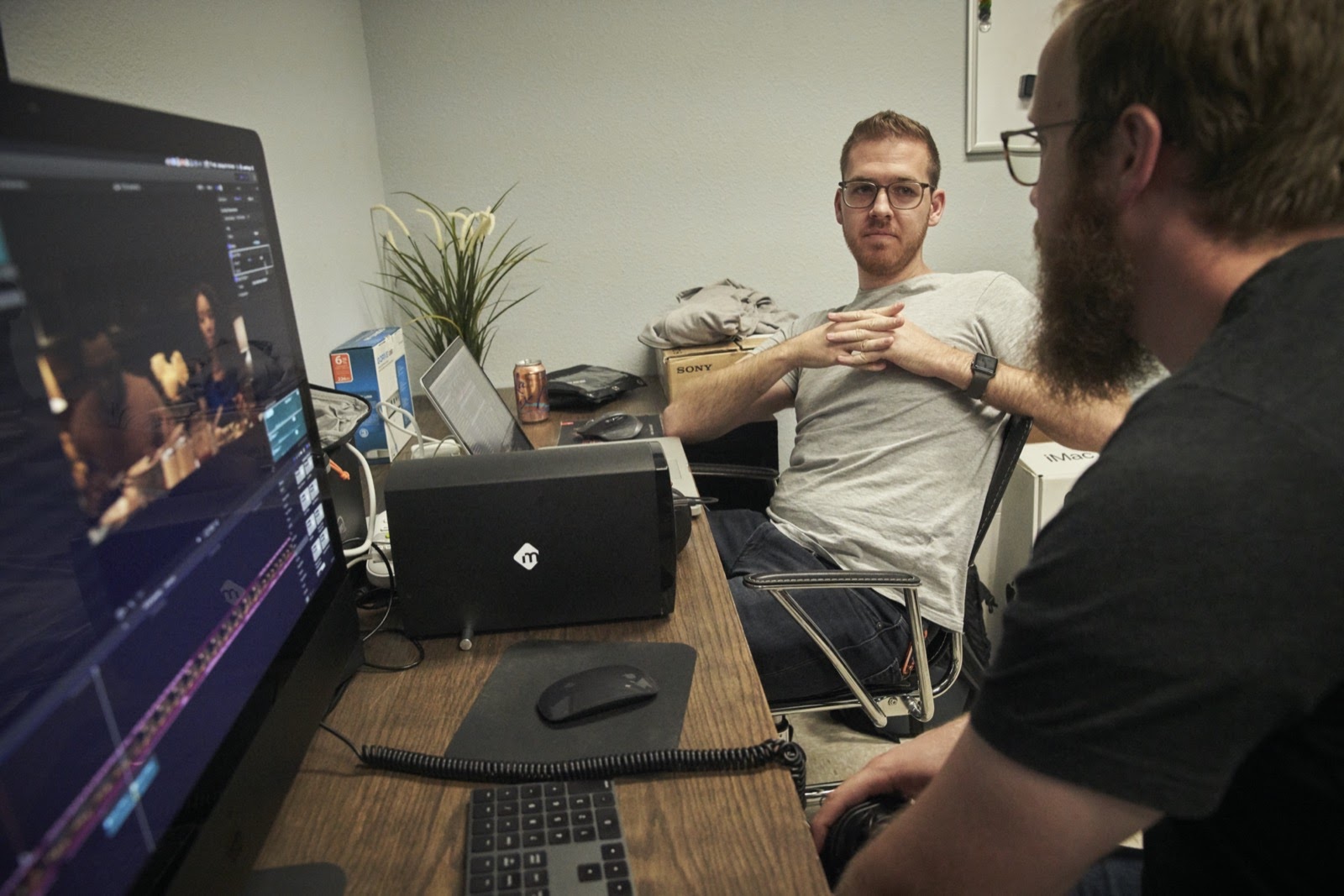
Speed or spend
From the start, director Vincent Masciale wanted to treat the production process as professionally as possible, leveraging the capabilities of a studio-level workflow to build a light and nimble team.
“One of the things that’s important for me as a filmmaker, especially on low budget projects, is to make sure we’re respecting people’s time on set. If we can’t pay people well, we can at least make sure we’re not wasting their time,” Vincent says.
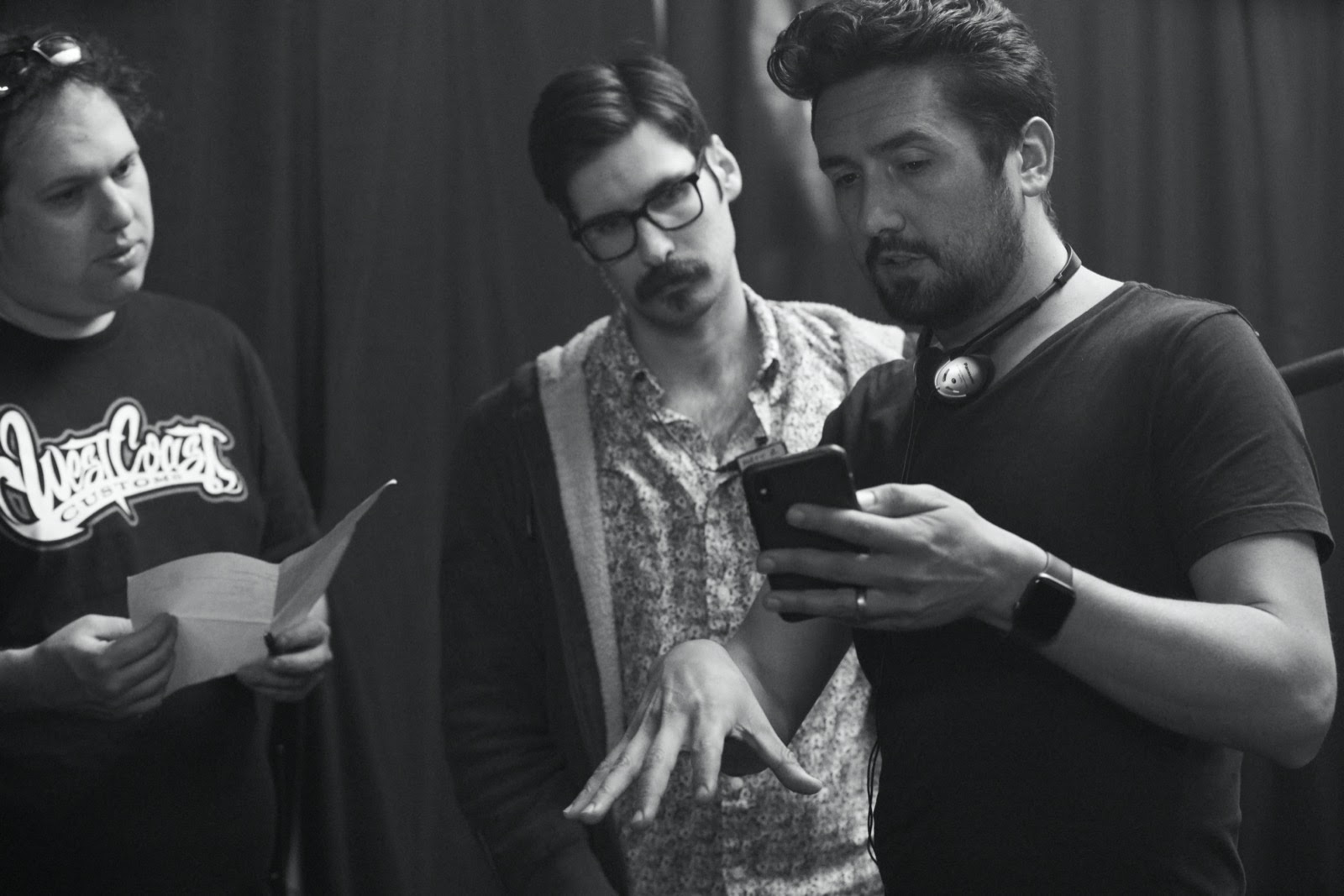
“Since Faith Based is a comedy, we knew we were going to depend on improv for a lot of actor performances. To that end, we needed to get everything as quickly as possible. We didn’t have time for reshoots. It had to be captured right the first time. And so we started planning our workflow from there.”
The cast they got for this indie comedy is quite impressive: stand up comedian Margaret Cho, Second City veteran David Koechner, Lance Reddick (the Continental concierge from John Wick, who is also an Executive Producer), and Seinfeld alum Jason Alexander.
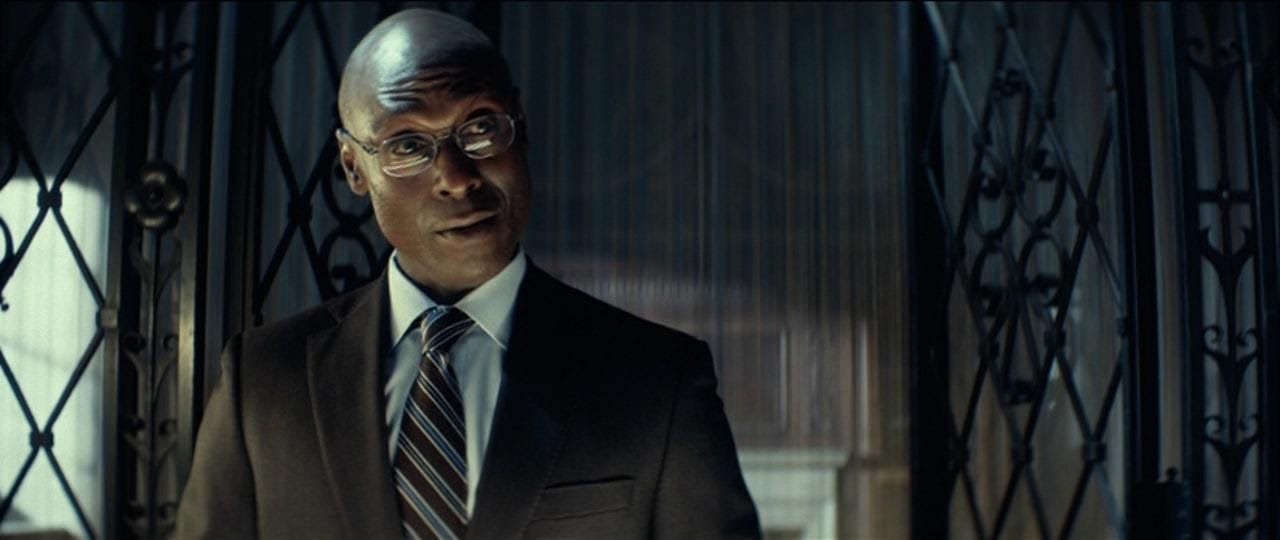
To do this, they decided early on to shoot with two cameras, so that most performances and scenes had cross coverage. And since they wanted to keep their options open for Netflix distribution, they chose the 8K RED Helium.
Netflix requires that a camera has the photosites required to create an actual UHD or 4K image. Will Stone, the Faith Based DP, wanted to use an ARRI camera, but most ARRI cameras that fit within their budget have to do an up-res in camera to get to 4K. So they chose the RED to get a good look without losing out on the possibility of distributing to Netflix.
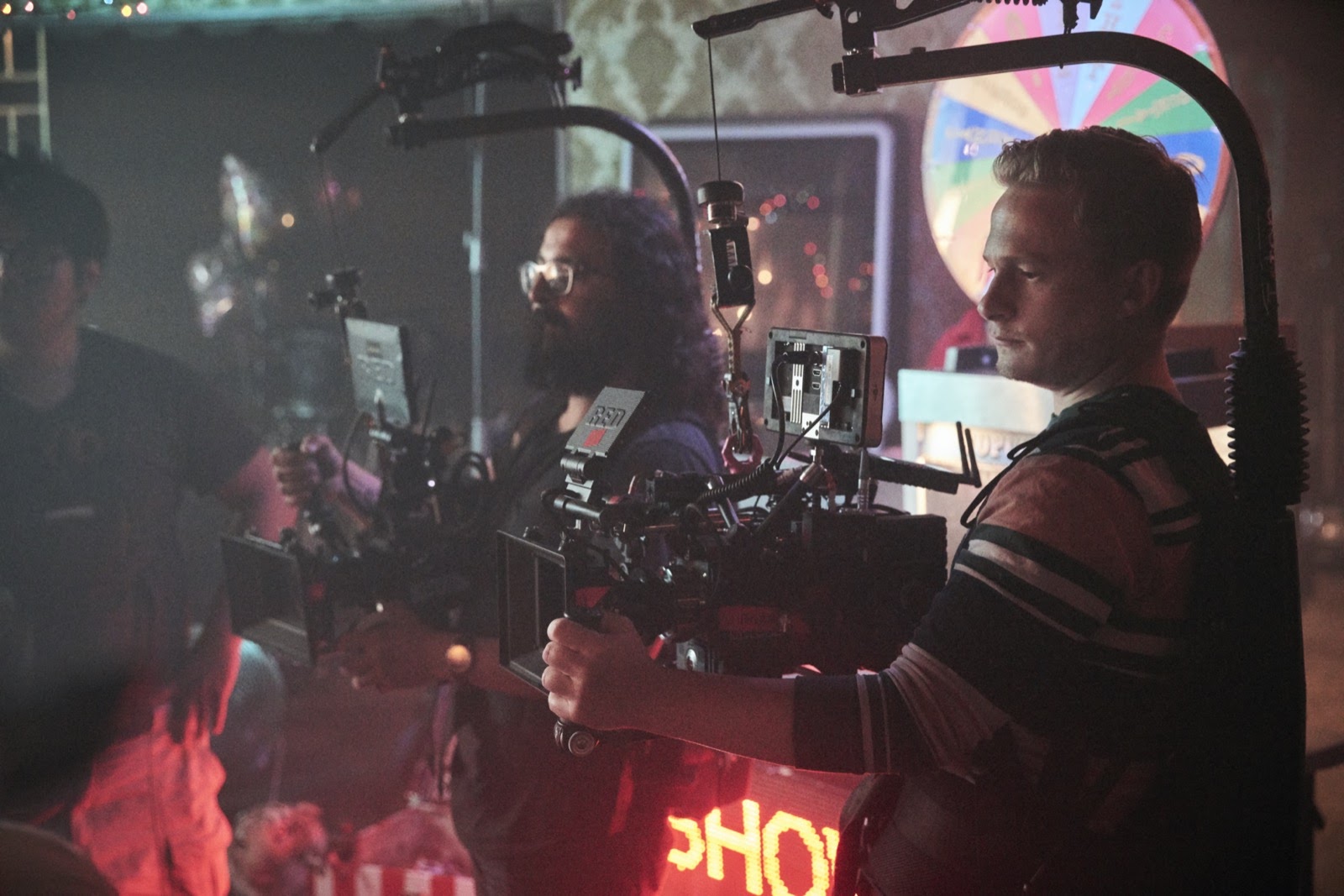
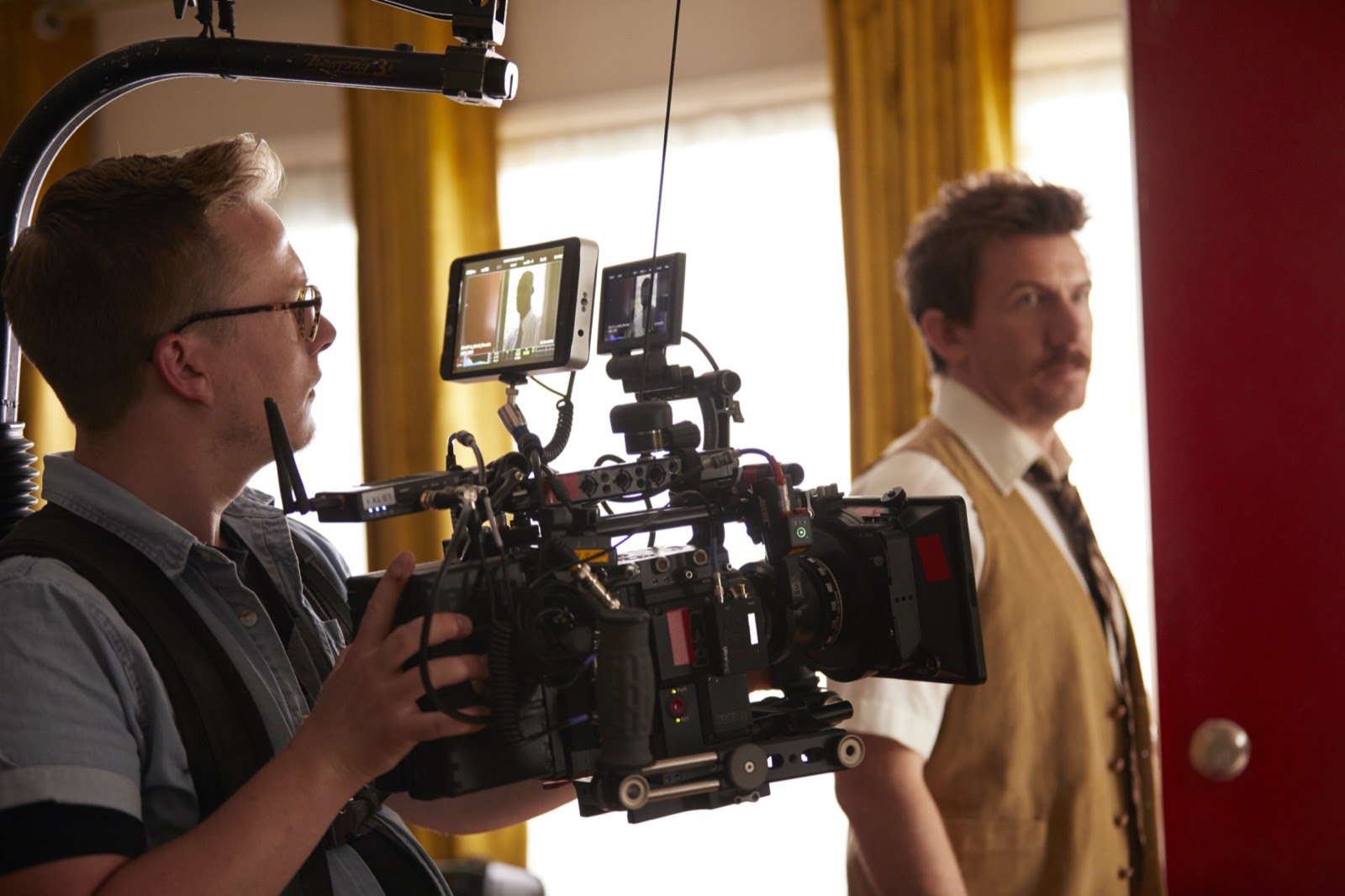
Vincent admits that shooting with two RED cameras in every scene may have complicated the logistics, but ultimately they got their coverage more efficiently.
By using this approach, they shot a 90-minute feature in just 17 days.
Moving post on set
The team also decided that to meet their need for speed they’d design their workflow to decrease the time between production and post.
“We didn’t have the budget for a proper post house, and we knew we wanted almost immediate access to footage on set or at home. And so we built our own process from the ground up,” Vincent says.
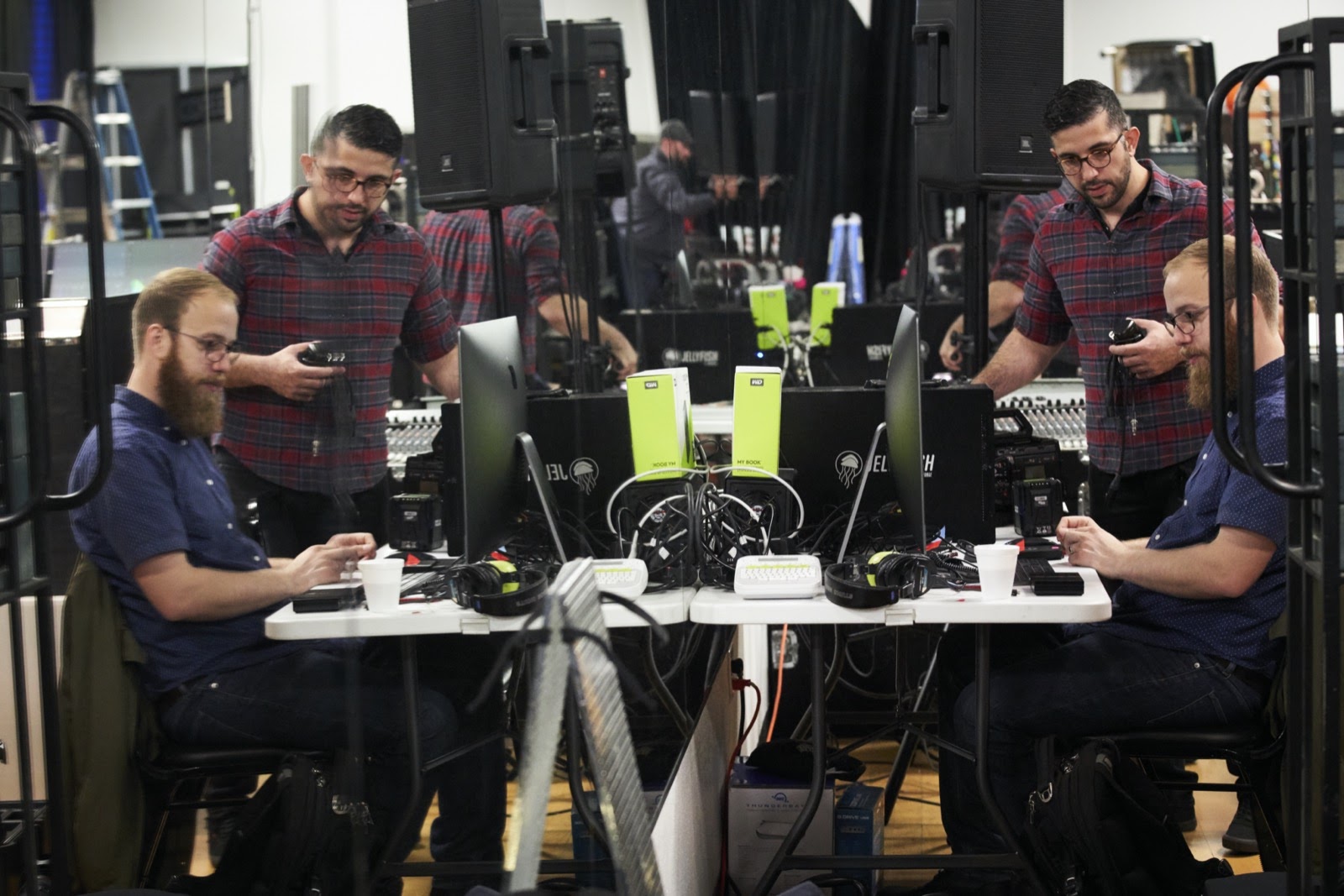
On past projects they used Dropbox and Google Drive to preview clips and send feedback. But that meant the dailies were low-res and took days to process.
This time, they started fresh with Frame.io. “Given our limited resources, we didn’t want to tie up our DIT or editorial every time we wanted to watch footage. By using Frame.io, we could see everything instantly, on set, as soon as it came off the camera.”
Also for your consideration: The Missing Details of Baby Driver’s Crazy Workflow
By enabling the crew to constantly check takes, scenes, and performances, they were able to give actors instant feedback and save massive amounts of time. And they also saved money, because they could ensure continuity without having a script supervisor.
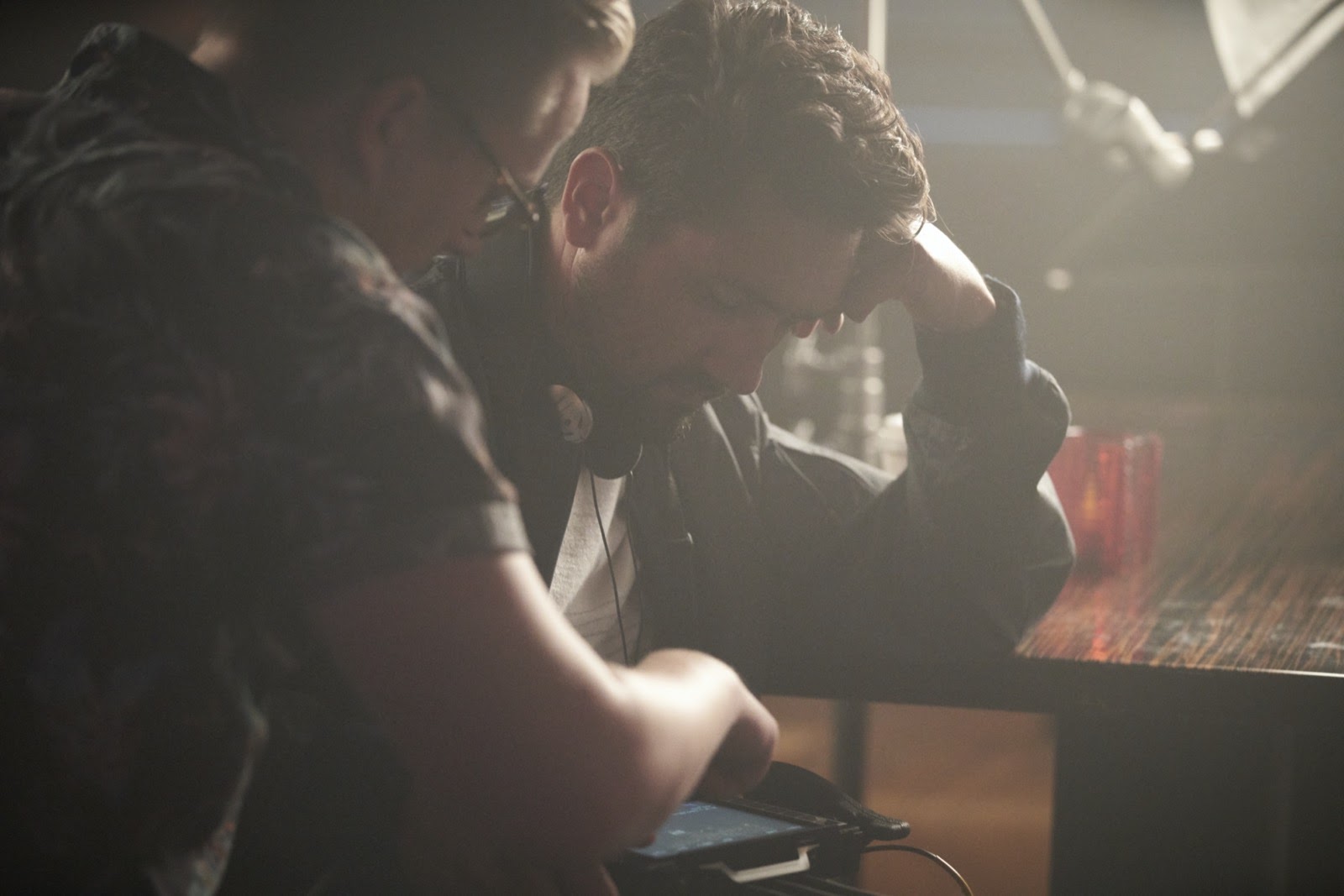
The best part about using Frame.io is that it turned their work on set into the first part of the post process. But before they could do that, they had to get all that 8K footage backed up.
Tools of the trade
One of the challenges of their homegrown workflow was dealing with the sheer volume of data from the RED Heliums.
“8K files are great, but they take up a ton of space,” Patrick says. “We needed a stable process for transferring and verifying the integrity of those huge files, which forced us to choose a robust set of tools.”
The team used Hedge (media management software) on set to transfer OCFs (original camera files) and in-camera proxy files to multiple destinations at once. “We used a combination of a Jellyfish, OWC Thunderbays, and G RAIDs for editorial and backups,” Patrick says.
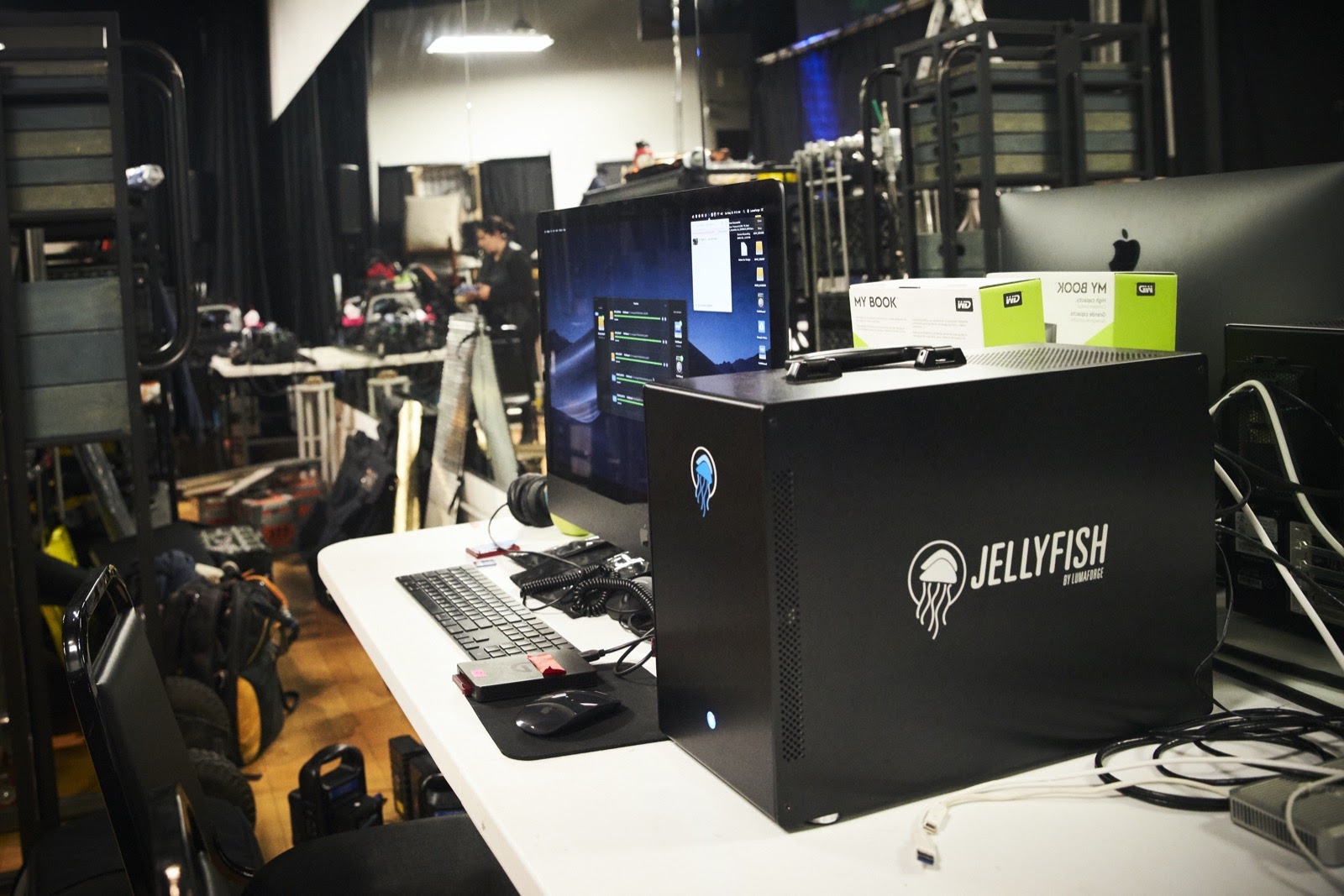
“Hedge could copy files to them simultaneously with checksum verification. We also took advantage of Hedge’s ‘Checkpoint’ feature, which is like an extra round of checksum verification on the source device. It basically ensures that there wasn’t an error with the source during the copy and creates a “hero” checksum that can be used when transferring to another destination later.”
But the team didn’t stop there. “We used LTO tapes for all the camera original files, just to be sure we had backups if all of our spinning drives died.”
Sometimes LTO can be finicky, but Patrick and his team used an app called Canister to make the archival backups an easy drag-and-drop process.
“Canister copies the exact file structure from the source, so it’s really helpful if you have to restore from an archival copy,” he says. “And because it used the LTFS format, it makes the LTO data readable by macOS and Windows machines just like any other mounted drive. It relieved a lot of the uncertainty and difficulty of using LTO.”
Once the files were safely off the camera and on the various storage arrays, it was time for the post team to get to work. But as you might have guessed, this wasn’t going to be a typical process, either.
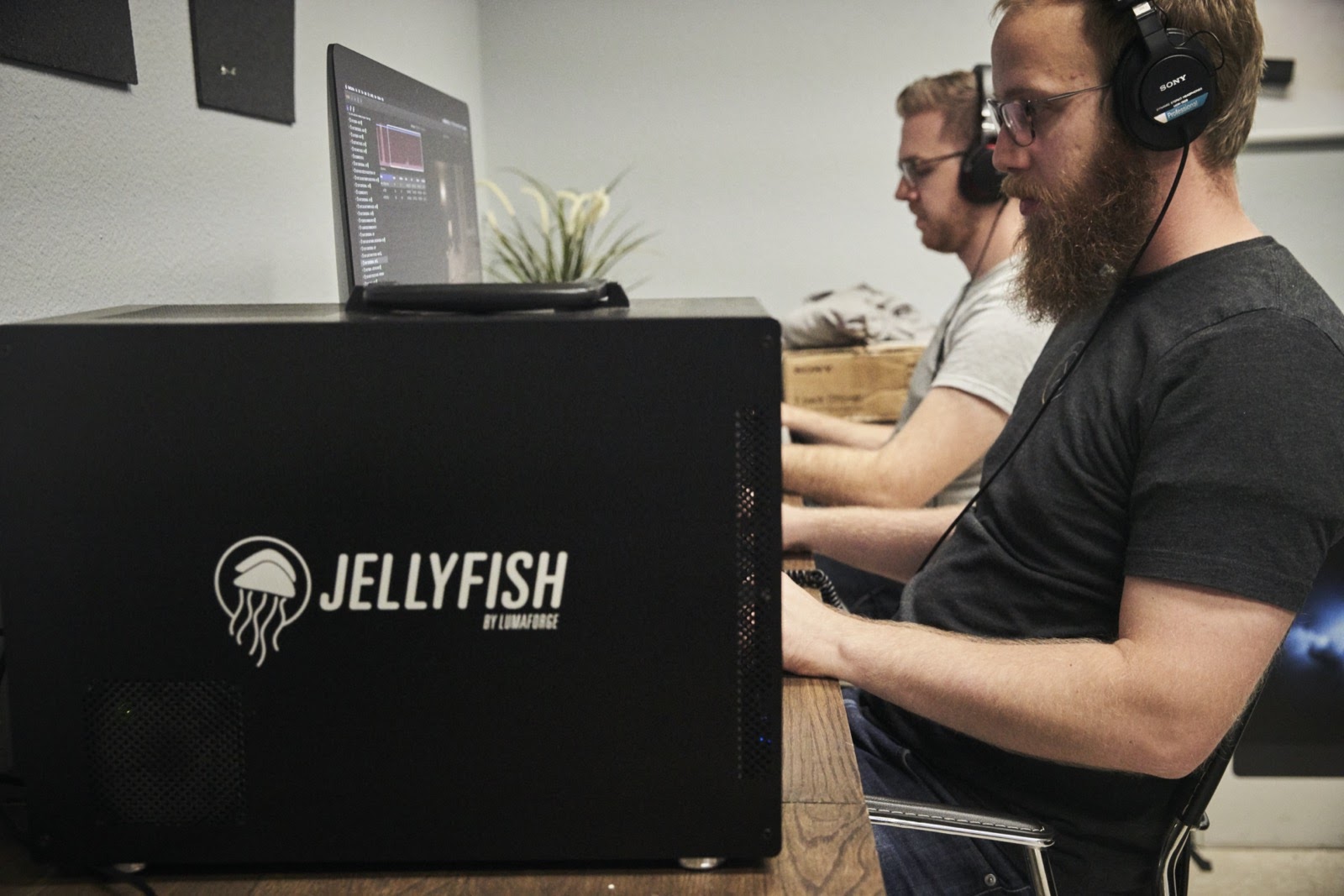
“We weren’t working out of a permanent post facility, and most of our team was working part-time. That meant we had to share responsibilities, and needed handoffs to be as seamless as possible,” Patricks says.
But thanks to their smart storage infrastructure and asset management plan, they were able to make exact copies of the entire project’s file structure on multiple machines, which made syncing back to the master projects painless.
“We had access to all of our footage at all times, wherever we were, on any device,” Vincent says.” So while I was in the edit bay with Patrick, I had the ability to constantly pull up footage and INTVs while he was editing. It was unreal.”
The team also used Frame.io to pass music and sound effects between team members and devices. “Really, Frame.io ended up as our cloud-based server for all things Faith Based,” Vincent says.
The final major piece of the team’s workflow is one that was indispensable, but also can be controversial in the post-production community—Final Cut Pro X.
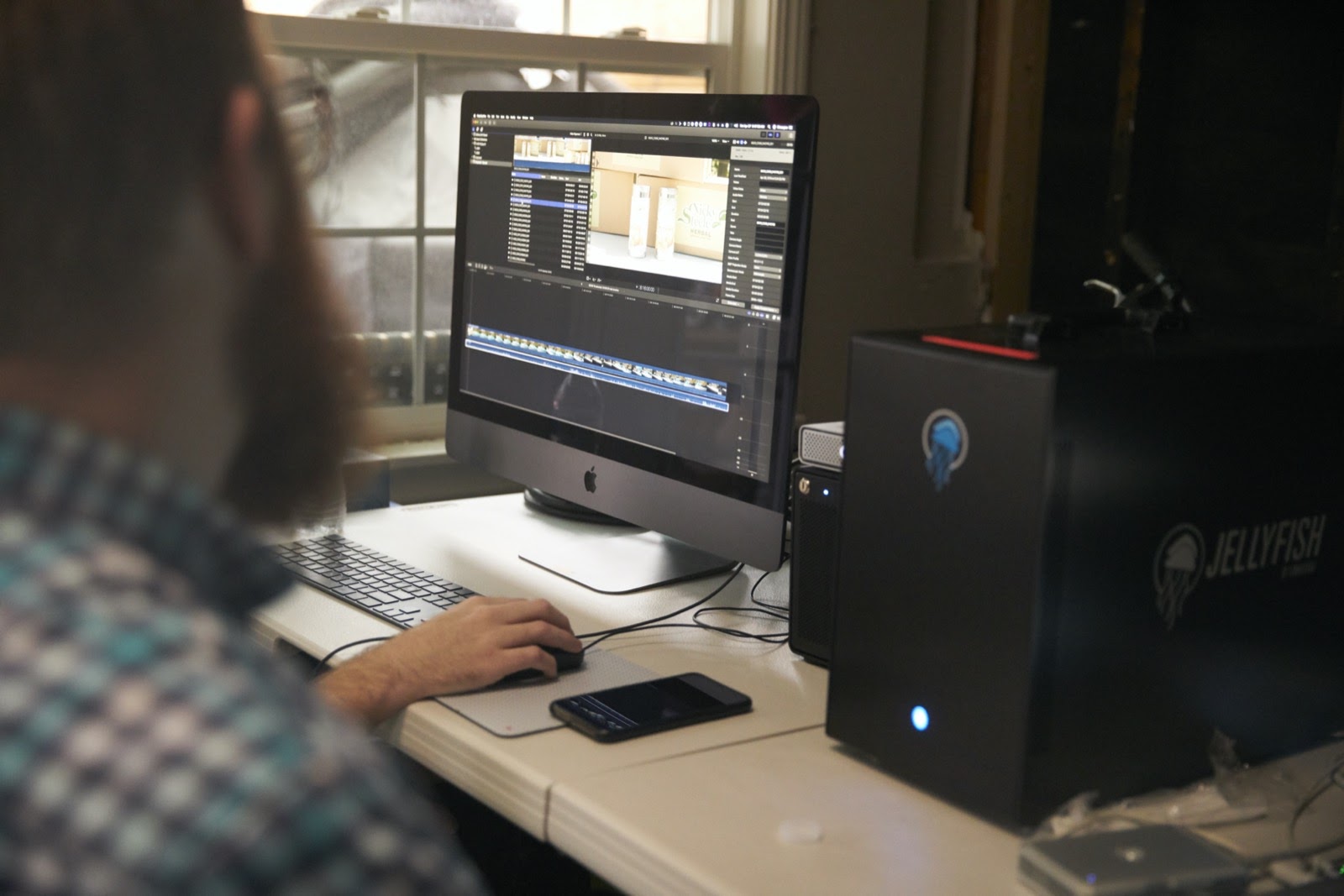
Pushing FCP X to the max
One big myth Patrick and his team were eager to dispel is that FCP X isn’t an effective NLE for feature-length projects.
“I still hear people say ‘FCP X can’t be easily integrated into complex professional workflows’…at least not without a ton of workarounds or plugins or patches to make it work,” he says. “But let me say on the record, with my extensive experience across most editing platforms, this is not true. Our team found FCP X to be fully capable of handling this project, and it has a ton of awesome features that other NLEs don’t.”
FCP X is often criticized for not having collaboration features that are as robust as Avid’s or Premiere Pro’s. So the team used a tool called Postlab to bridge that gap.
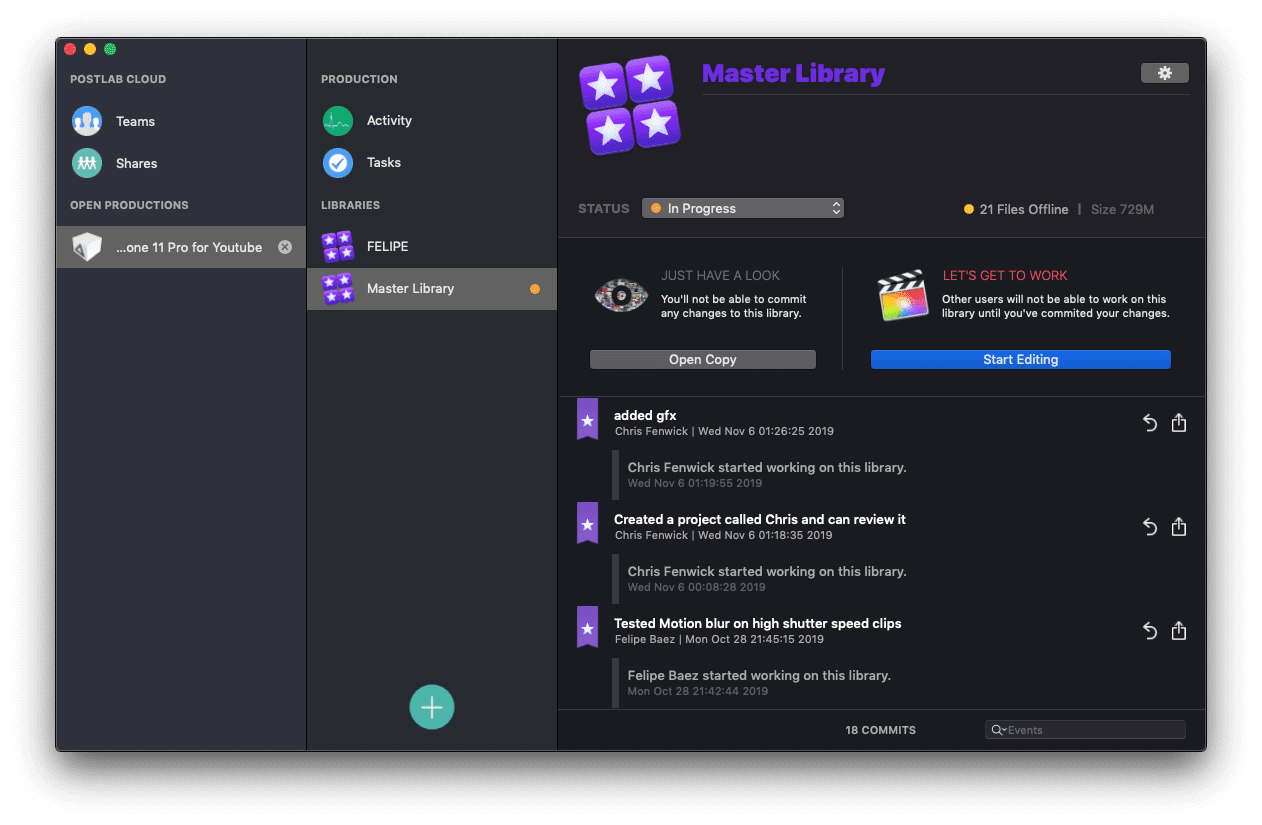
“Postlab is sort of like Github, but for FCP X,” Patrick says. “We could keep all of our libraries there and share them across the team. We locked and unlocked libraries as we worked on them [to prevent multiple people from making changes to the same library at the same time], and Postlab automatically handled versioning.”
Postlab let Patrick and his team enjoy all the benefits of FCP X, without cutting corners for their feature film.
Because all the libraries were in the cloud, the team could cut from anywhere, without shipping drives between users. “Since we all had proxies on our own drives, all we had to do was upload cut reels to Postlab, and then everyone had access to them. Then, once a reel was finished, it was easy to resync the OCFs,” Patrick says.
This setup allowed the team to break the film up into five separate libraries, which boosted system performance and allowed them to spit out finished reels in remarkably short time. “Once we had a screener ready, Postlab and FCP X let us prepare it in about 10 minutes.”
But there were a few things left to do before Faith Based hit the big screen.
Big screen and big sound
Vince and his team were lucky enough to preview their work at Red Studios Hollywood. Given the venue’s 5.1 capabilities, they had to do a little advance preparation to screen their work to full effect.
“We had been working in stereo up to that point, but we needed to mix it for 5.1 before screening,” Patrick says.
This might seem like a major technical challenge, but FCP X made the process smooth and simple.
“First, we had to make sure each project and compound clip was set to ‘Surround’ and then we made sure the pan modes were laid out accordingly. We used the “Music” pan mode to take stereo audio and spread it across the entire surround field. For Ambience effects, we assigned an “Ambience” Audio Role, and applied the Ambience Pan Mode, which panned the audio largely to the left and right surround speakers. Thanks to Audio Roles and Pan Modes, this only took a few clicks inside FCP X.”
Once the audio mixing was complete, the next step was prepping a Digital Cinema Package (DCP).
“We used Resolve Studio 16 to create our DCPs, and it was so easy,” Patrick says. “All we had to do was spit out a reel in ProRes from FCP X (with surround sound configured properly) and import it into Resolve. From there, we exported DCPs directly. The only thing we needed was a Linux machine in order to format the DCP drive in the EXT2 format.”
Once the DCP was exported, all that was left to do was put the drive in a CRU enclosure, drive to RED Studios, and slap it into the projection system.
“It was amazing to see work we had cut on laptops be projected in big-screen glory,” Patrick says.
What’s next
The Faith Based team was able to do incredible things on an indie budget. From capture and dailies to editorial and finishing, this workflow delivered capabilities rivaling many studio-level productions.
“I’m always looking at new tools to help improve workflow,” says Patrick. If this project is any indication, we have faith that his next project will have an even more innovative workflow.
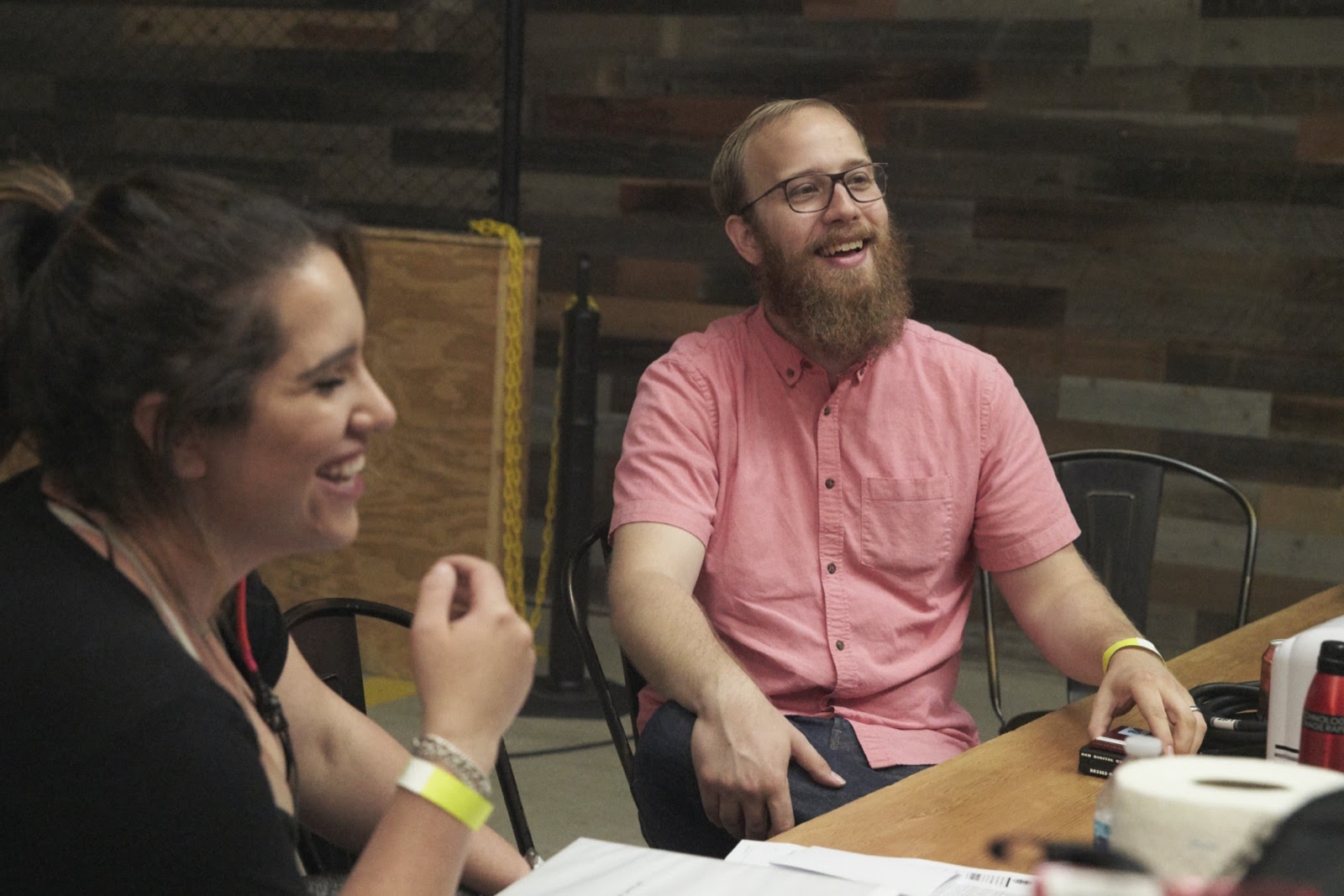
Original photography by Loren Malley.

